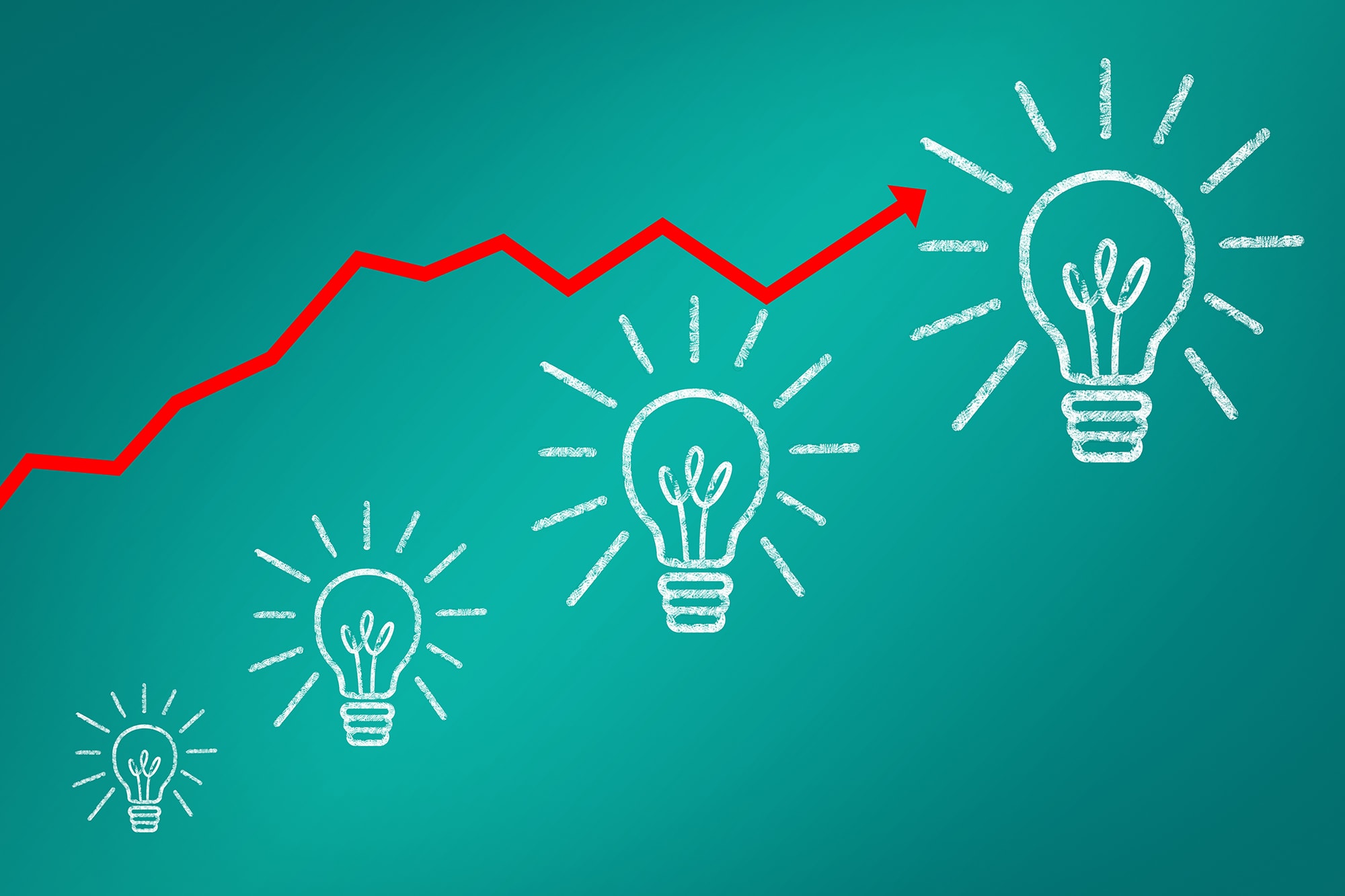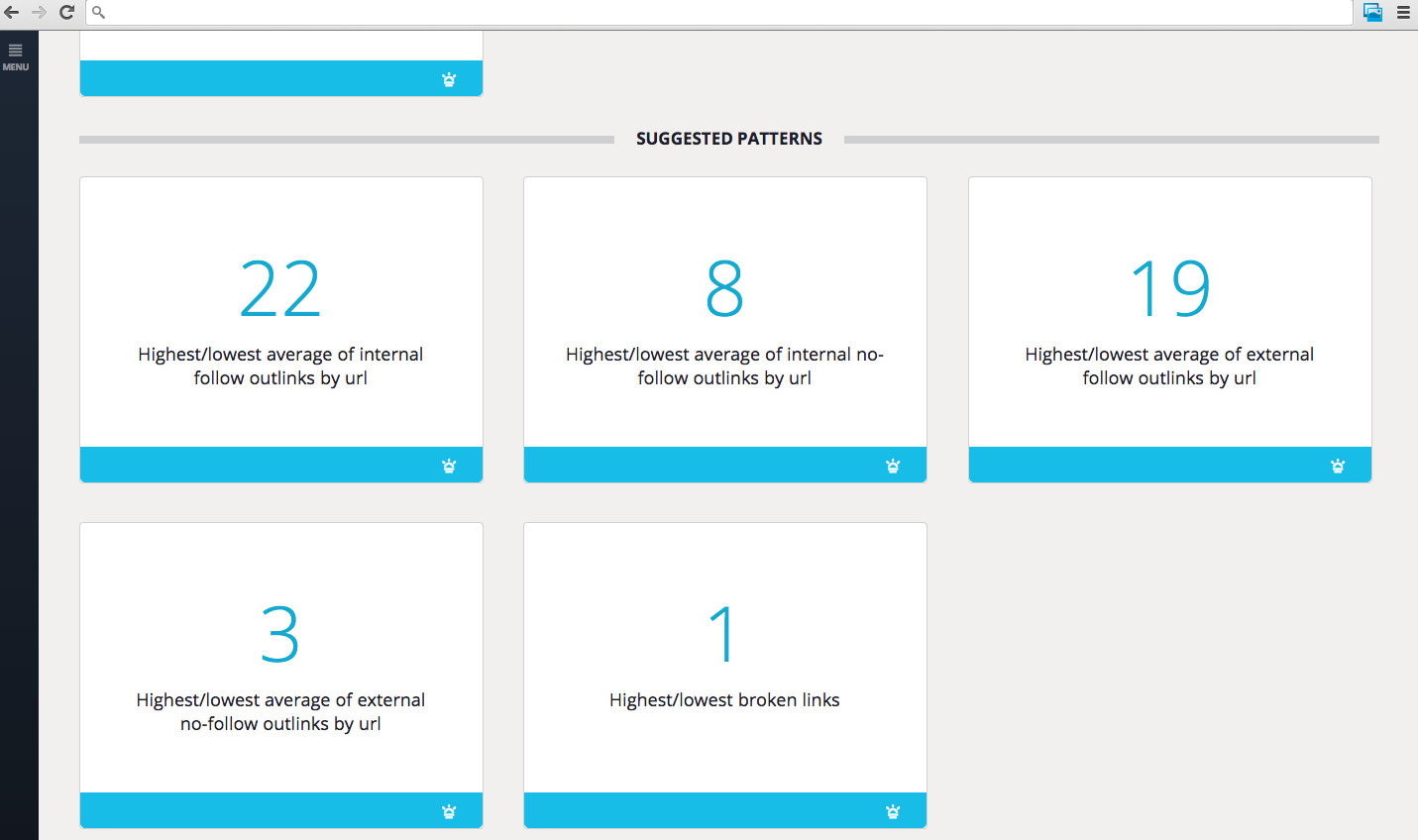You are familiar with the one SEO rule about pagination: limit it as much as possible.
Search engine robots don’t like it. Users don’t like it either. Because the longer the list, the higher the chances it includes a wide variety of things. Which makes it difficult for search engines to find meaning in the content, and results in poor user experience. And no-one, search engines and users alike, will get to the end of the list.
As most pages generated automatically, pagination can go out of control. To “tame” your pagination, you will need to:
- Be aware of what it is capable of if let loose
- Know precisely what it’s supposed to do (it has a very specific SEO purpose)
- Make sure you keep a close eye on it at all times (with adequate URL categorization)
What too much pagination does to your SEO
Excessive pagination is likely to create:
- Too much depth in your website. A previous post includes tips on how to deal with deep pagination.
- Low crawl rate from Google of listed content (if these lists are the only / shortest path to the content).
- Random crawl, as Google will crawl some paginated pages but not the full sequence, and not the same all the time. As a result, the search engine will get an incomplete and changing view of your content.
Why do we have pagination at all, then?
Because it can rarely be totally avoided. Particularly with large amounts of content.
Actually it can be avoided from a user’s perspective, using infinite scroll instead, but guess how infinite scroll becomes SEO-friendly, when Javascript is disabled? That’s right, by reverting to pagination! So that brings us back to square one.
Pagination has a single SEO purpose: content accessibility
A reasonable amount of pagination is okay, as long as it is well crawled by search engines: pagination’s only – albeit vital – SEO role is to ensure content discovery. It has no other SEO purpose.
There is only one SEO landing page per list: the first page
Paginated pages are never SEO landing pages: it makes no sense to send an internet user who is looking for hotels in Berlin to page 6 of a list of all hotels. If the user is interested in a particular hotel, or in a feature that differentiates this hotel from the rest, then the page for that hotel is the most appropriate landing page (not the paginated page where that hotel is listed). So the only landing page of a list is its first page.
As a result, Google’s crawl rates and active pages rates (pages that generate organic visits) are very different between lists’ first pages and pagination.
Here are typical graphs from Botify Log Analyzer (P1 refers to first pages, and Pn to pagination):
Analyze pagination separately from first pages. That’s mandatory!
When defining page categorization rules before starting a website analysis with Botify Log Analyzer, we need to separate pagination from first pages, for all types of lists. This means creating a page category specifically for pagination.
Otherwise, analysis results will be largely inconclusive, they won’t show what we need to know. In the graph examples above, imagine seeing only an average of the two bars (P1 and Pn).
Tip: segment by P1 / Pn before segmenting by navigation level.
For instance, if navigation has 3 levels (sections / sub-sections / sub-sub-sections, called level 1 / level 2 / level 3), URLs would be categorized as follows:


If you segment by level of navigation before segmenting by P1/Pn (as shown below), you won’t be able to get global indicators for all P1s and all Pns: there won’t be any Navigation/P1 or Navigation/Pn page in your Botify Log analyzer report, nor will these global categories exist in your daily graphs (crawl, active pages, HTTP status codes etc.).


Whatever you choose, the key point is to categorize pagination separately to provide meaningful indicators and help pinpoint any pagination-related problems.







